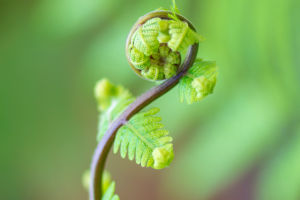Municipal wastewater is wastewater with high concentrations of pollutants, which includes domestic sewage, industrial sewage, rainwater, etc.
Urban sewage contains a large amount of organic matter and germs and viruses.
Due to the high development of industry, the water quality pollution of industrial wastewater is becoming more and more serious, urban sewage contains various types and different degrees of various toxic and harmful pollutants.
Directly discharging urban sewage into the natural environment will bring great harm to the environment and human health, such as polluting water sources, affecting water ecosystems, spreading diseases, etc.
Therefore, it is very necessary to treat urban wastewater.
Municipal wastewater treatment usually includes the following steps:
1. Screening out solid pollutants
The solid pollutants in the sewage are initially screened out by physical methods such as sieves and grates.
2. Sedimentation of sludge
The wastewater is fed into a sedimentation tank, where gravity is used to cause the sludge to settle to the bottom of the tank. This step removes most of the suspended particles and sludge.
3. Removal of biochemical pollutants
The preliminarily treated sewage is sent to the biochemical tank to remove organic matter, nitrogen, phosphorus, and other pollutants through the action of aerobic and anaerobic microorganisms.
4. Disinfection
Disinfect the treated sewage with disinfectants to kill bacteria and viruses.
5. Recycling or discharge
The treated wastewater is recycled, such as by irrigating farmland, cooling recycled water, etc., or discharged into the environment.
There exist different technical routes and methods for municipal wastewater treatment, and different treatment methods can achieve different treatment effects and levels.
A small number of people may have noticed the text above and have a question: Is rainwater also municipal wastewater?
Rainwater is not necessarily municipal wastewater, but in an urban environment, it can be polluted and become part of municipal wastewater.
In cities, large amounts of hardened surfaces, buildings, roads, etc. can cause rainwater to fail to infiltrate naturally into the soil and thus collect as surface runoff into the urban drainage system.
In this process, rainwater may carry various pollutants such as grease, garbage, and chemical pollutants and become part of urban sewage.
Therefore, to prevent stormwater from polluting the environment and water bodies in urban environments, stormwater needs to be treated to reduce its pollutant content.
Common stormwater treatment methods include rainwater harvesting and utilization, retention ponds, and wetland treatment.
These methods can help reduce the burden on urban drainage systems, while also helping to protect the water environment and improve the quality of the urban environment.


